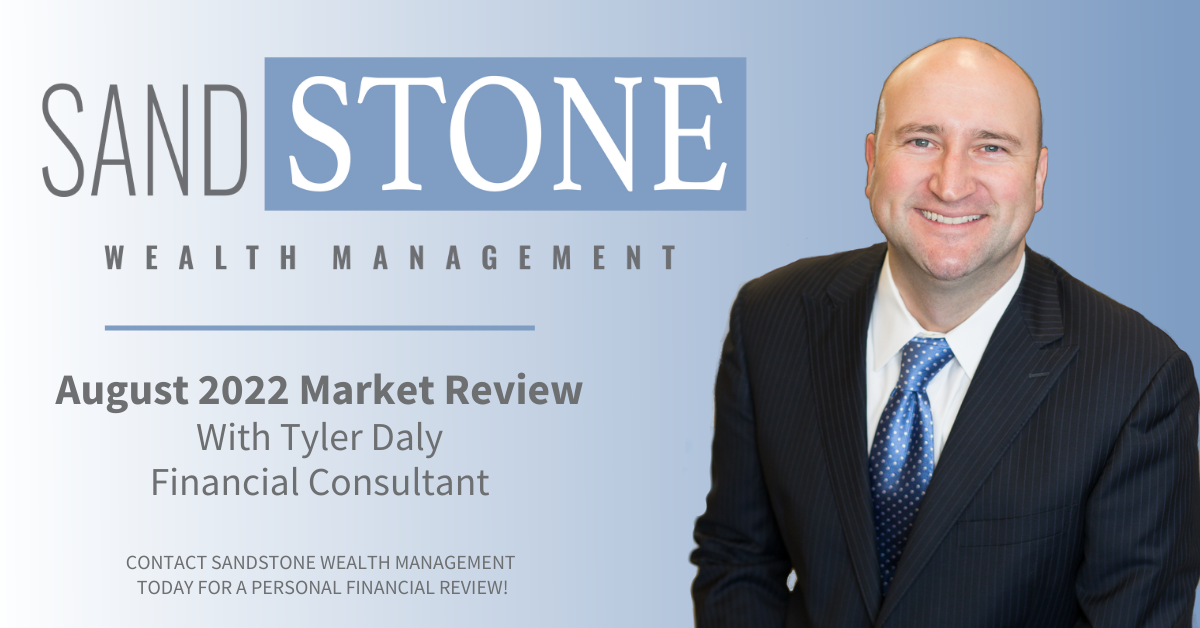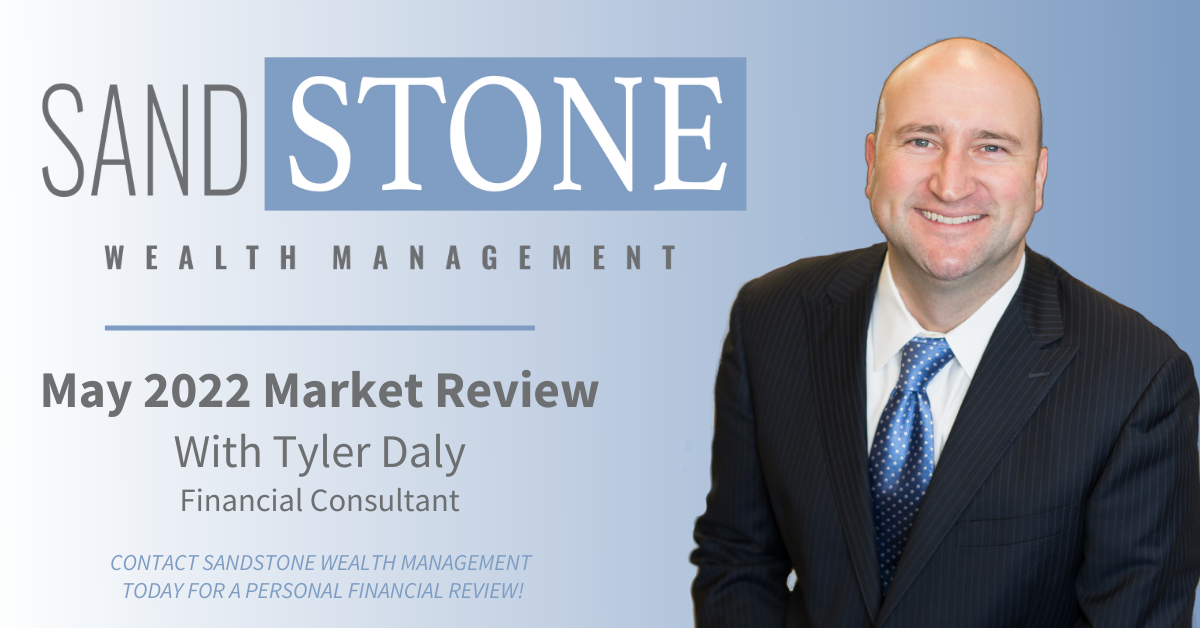
The markets have a lot to contend with as we close out the third quarter and the month of September. Financial fundamentals are taking a back seat to political considerations and trending sentiment partly because the data has been mixed, reports Raymond James’ Doug Drabik, managing director for fixed income research. Raymond James Chief Economist Scott Brown says job gains and wage growth should support consumer spending growth into 2020, more than offsetting a slow patch in business investment, while the Federal Reserve (Fed) has again lowered short-term interest rates to ensure against downside risks.
Adding to the mix are impeachment inquiries, unsettled Brexit, growth concerns in Germany and China, and pending U.S. elections. Trade negotiations between the U.S. and China remain uncertain, though officials are set to meet in both October and November, increasing optimism for a mini-deal. However, Washington Policy Analyst Ed Mills expects fluctuating sentiments between the two countries to fuel market volatility through the 2020 election.
On the other hand, Chief Investment Officer Larry Adam credits cooling trade tensions between the U.S. and China, an additional Fed rate cut of 25 basis points (bps) and solid domestic U.S. economic data for a rebound in risk-asset performance this month, which led the S&P 500 to rise to within 1% of all-time highs. The U.S. dollar also rose to its highest level since May 2017, and the 10-year Treasury yield bounced approximately 25 bps after it hit its year-to-date lows and lowest level (1.46%) since July 2016 on September 3.
In September, the Fed had to address a liquidity crunch in the repo market, which briefly spiked money market rates. In response, it may bring forward the start of a mini quantitative easing, according to Fed Chair Jerome Powell.
The month ended positively for the S&P 500 (1.72%), Dow Jones Industrial Average (1.95%), NASDAQ (0.46%) and the Russell 2000 Index (1.91%). The quarter also ended positively for the S&P 500 (1.19%) and the Dow Jones Industrial Average (1.19%), but negatively for the NASDAQ (-0.09%) and Russell 2000 Index (-2.76%).
|
|
12/31/18 Close |
9/30/19 Close |
Change |
% Gain/Loss Year to Date |
|
|
DJIA |
23,327.46 |
26,916.83 |
+3,589.37 |
+15.39% |
|
|
NASDAQ |
6,635.28 |
7,999.34 |
+1,364.06 |
+20.56% |
|
|
S&P 500 |
2,506.85 |
2,976.74 |
+469.89 |
+18.74% |
|
|
MSCI EAFE |
1,719.94 |
1,895.72 |
+175.78 |
+10.22% |
|
|
Russell 2000 |
1,348.56 |
1,523.37 |
+174.81 |
+12.96% |
|
|
Bloomberg Barclays Aggregate Bond |
2,046.60 |
2,219.97 |
+173.37 |
+8.47% |
|
|
|
Performance reflects price returns as of 4:00 p.m. ET on September 30, 2019 |
||||
Here is a look at some key factors we are watching, both here and abroad:
Economy
- Brown reports that recent economic data have been mixed, reflecting continued strength in consumer spending, but general weakness in manufacturing. Fed Chair Powell noted that businesses report that trade policy uncertainty has discouraged them from further investment.
- Strong household sector fundamentals should continue to support consumer spending growth and offset weakness in other sectors, Brown adds, but a deterioration in labor market conditions would shift that outlook.
Equities
- Overall, Joey Madere, senior portfolio strategist, Equity Portfolio & Technical Strategy, and his team maintain a generally positive bias toward equities. Madere notes it is too soon to tell whether the recent improvement for cyclical sectors, like banks and industrials, is sustainable – however, if the trend continues for these deep cyclical sectors and former leading sectors rebound, he sees this movement as a market positive.
- He expects the third quarter to end with flattish earnings growth, however, he does expect more supportive growth from the average stock, led by companies with more exposure to the U.S. and less exposure to overseas markets.
- While overall the technology sector is faring fine, the tech-heavy NASDAQ has underperformed slightly due to former leaders, like software and IT services, falling slightly as former lagging sectors, like semiconductors and hardware, perform above their norm.
- Madere sees earnings season and the upcoming trade talks as the most important influences to monitor in the coming weeks and expects any market reaction to impeachment proceedings to be short-lived. He views short-term volatility as a buying opportunity.
Fixed income
- The federal funds rate is now in the 1.75%-2.00% target range. Drabik believes there is a high probability that central bankers will cut once more before the end of the year.
- With many economic and geopolitical factors at play, interest rates have fluctuated from week to week. However, Drabik believes the long-term outlook continues to reflect lower rates as, for example, the 10-year Treasury has rallied and pushed rates down 35% year-to-date.
International
- Year-to-date, 46 central banks around the globe have cut interest rates. In addition, key banks such as the European Central Bank (ECB) have announced yet another asset purchase program, Drabik reports. The combined balance sheets of the ECB, Fed, Bank of Japan and People’s Bank of China have ballooned to nearly $19.4 trillion. This has been a key factor in bringing interest rates down and will continue to affect rates as long as this accommodative monetary practice continues.
- Despite continued uncertainty over Brexit in the U.K., the pan-European equity markets in September had their best monthly performance since June, reports European Strategist Chris Bailey. He says this was aided by the European Central Bank’s quantitative easing efforts.
- Chinese economic data continued to slow during September, and the country’s policymakers also loosened policy around both monetary and fiscal initiatives. Local Asian markets were buoyed by perceived warmth between the U.S. and China regarding trade, and a trade deal between the United States and Japan was signed.
- Global markets continue to offer typically lower valuations and higher dividend yields, says Bailey, although they are based in economies where global investors remain concerned about the potential for future growth.
Bottom line
- As trade negotiations and global affairs progress, we’ll be keeping an eye out for movements that might particularly affect investors and their financial plans.
- Madere recommends that investors keep an eye out for buying opportunities during potential volatility related to impeachment proceedings.
Please let me know if you have any questions about recent market events or how to position your long-term financial plan for the months ahead. I look forward to speaking with you.

Tyler has been in the financial services industry since 2004 and with Sandstone Wealth Management and Heartland Bank since 2009. He is Series 7, 66 and Insurance licensed to assist his clients with all their investing, financial planning, and insurance needs. Tyler was recently named to the Forbes List of America's Top Next-Generation Wealth Advisor, which recognizes advisors from national, regional, and independent firms. Tyler graduated from the University of Nebraska-Lincoln with a Bachelor’s Degree in Diversified Agriculture and was born and raised in the Nebraska Sandhills. This gives him an intimate knowledge and understanding of his farming and ranching clients. Tyler is married to Rachel, who earned her Doctorate of Pharmacy from the University of Nebraska. They have two children, Camilla and Cooper. Away from business, he enjoys officiating high school basketball in the winter as well as golfing and team roping in the summer.


.png)

.jpg)

.jpg)

.png)



